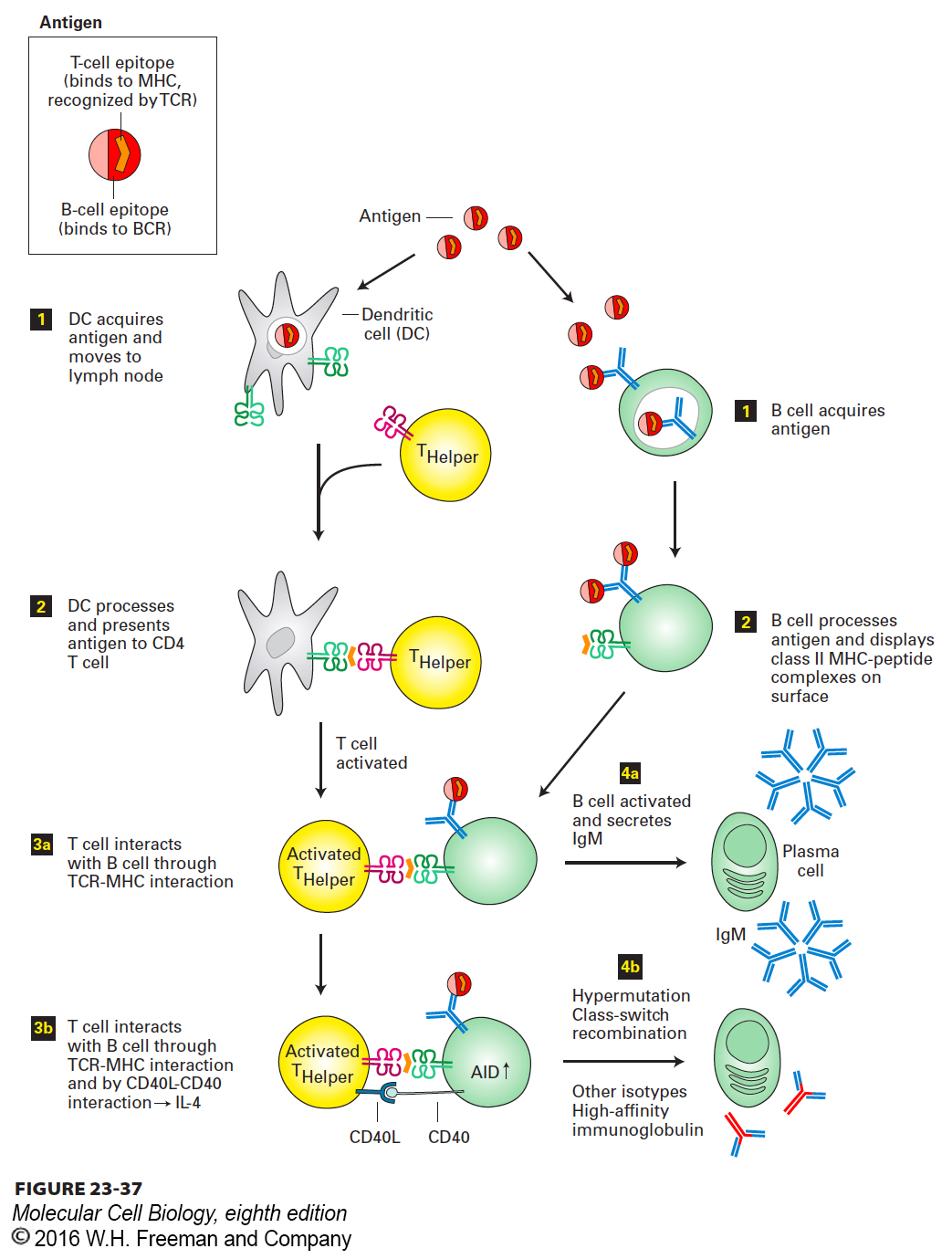
FIGURE 23- n- n- T- n- e- s- M- 0–